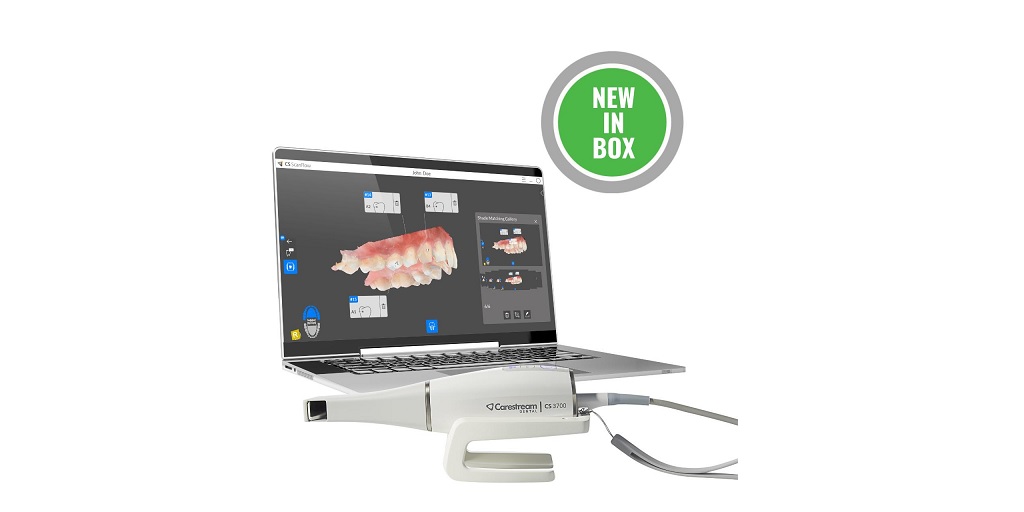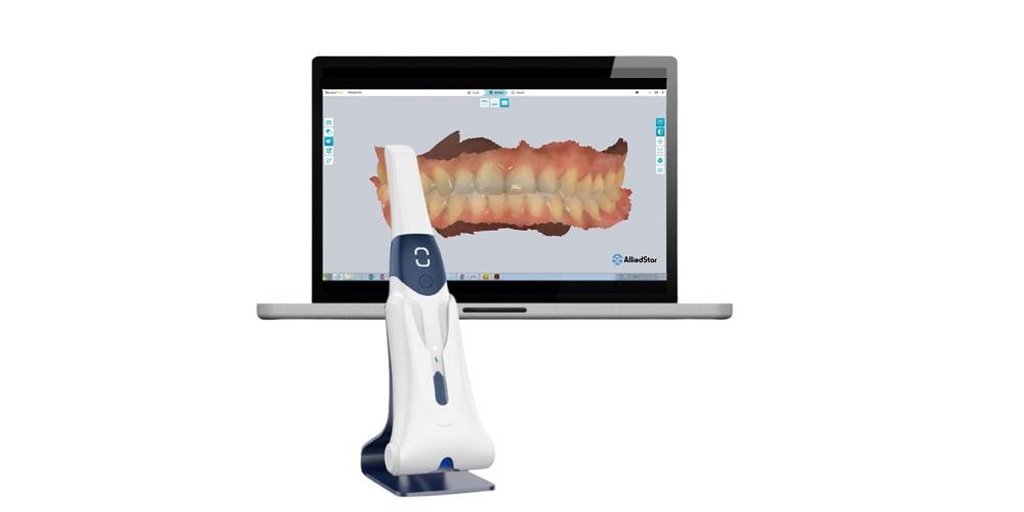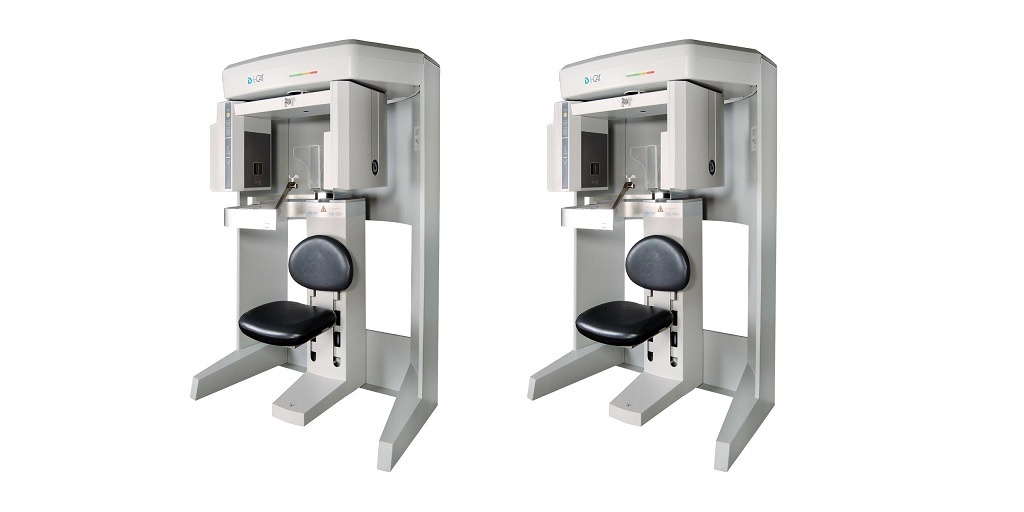
Investing in a dental X-ray machine is a critical decision for any dental practice. A reliable, high-quality X-ray machine not only enhances diagnostic capabilities but also improves patient care and practice efficiency.
However, with so many options on the market, it’s important to carefully consider your needs, the features you want, and how much you are willing to spend.
This article provides practical tips for purchasing a dental X-ray machine and highlights how choosing certified pre-owned equipment, like those offered by Renew Digital, can help you save money while still delivering high performance.
1. Assess Your Practice’s Needs
Before making any purchase, it’s important to evaluate the specific needs of your practice. Not all dental X-ray machines are built the same, and your choice should be guided by the types of procedures and diagnostics you perform regularly.
Key Questions to Consider:
- What types of X-rays do you need? If you perform a lot of restorative or orthodontic work, you might need a panoramic X-ray machine. If your practice focuses on dental implants or oral surgery, a CBCT (Cone Beam Computed Tomography) machine might be essential.
- How many patients do you see per day? This will determine whether you need a high-capacity machine that can handle frequent use or a more basic model.
- What’s your available space? Consider the size of the machine and the space in your practice. Some machines require more room for installation, so ensure your facility can accommodate the equipment.
Once you’ve defined your needs, you’ll be better positioned to choose the machine that fits both your clinical requirements and your budget.
2. Consider the Type of X-Ray Machine
Dental X-ray machines come in different types, each suited for specific types of imaging. Understanding the differences will help you make a more informed decision.
Types of Dental X-Ray Machines:
- Intraoral X-Ray Machines: Used for capturing detailed images of individual teeth, intraoral X-ray machines are ideal for diagnosing cavities, checking bone levels, and monitoring tooth development.
- Panoramic X-Ray Machines: These machines capture wide images of the entire dental arch and surrounding jaw structures. They are often used in orthodontics, oral surgery, and planning dental implants.
- Cone Beam CT (CBCT): CBCT provides 3D images of the teeth, soft tissues, nerve pathways, and bone. It is essential for complex procedures like implant placement and endodontics.
Choose the machine type that aligns with the specific needs of your practice. If you’re planning to expand your services, opting for a more versatile machine (such as a CBCT that can perform both 2D and 3D imaging) may be a smart investment.
3. Evaluate the Features and Technology
When choosing an X-ray machine, it’s important to look beyond the basics and consider the technological features that can improve the quality of diagnostics and patient care.
Key Features to Look For:
- Digital vs. Analog: Digital X-ray machines offer faster imaging, better image quality, and easier integration with practice management software. They also eliminate the need for film, reducing long-term costs.
- Low Radiation Exposure: Patient safety is a top priority, and modern X-ray machines should offer low radiation doses while maintaining high image quality. Look for machines with dose-reduction technology.
- Ease of Use: Machines with intuitive user interfaces, easy image capturing, and seamless integration with practice software will improve workflow and reduce the learning curve for your staff.
- Upgradeability: Consider whether the machine is future-proof. Can you upgrade the software or add components in the future, such as a cephalometric arm for orthodontic work?
4. Set a Realistic Budget
X-ray machines can be a significant investment, and costs vary widely depending on the type, features, and brand. New X-ray machines, especially CBCT systems, can cost tens of thousands of dollars, which may be out of reach for smaller practices or those just starting out.
Fortunately, there are ways to get top-quality equipment without overspending. One of the best ways to save money is by purchasing certified pre-owned or used equipment. Companies like Renew Digital offer high-quality, refurbished X-ray machines that undergo rigorous testing and inspection to meet the same standards as new equipment.
Benefits of Used Dental Equipment:
- Significant Cost Savings: Used dental X-ray machines can be up to 30-50% cheaper than new models, offering a cost-effective solution without compromising on quality.
- Certified Quality: Reputable providers like Renew Digital refurbish and certify pre-owned machines, ensuring they function like new. They also offer warranties and support, giving you peace of mind.
- Sustainability: Choosing pre-owned equipment is an environmentally friendly option, reducing waste by extending the life of high-quality machines.
By opting for used dental X-ray machines, you can significantly reduce your upfront costs while still providing state-of-the-art imaging capabilities to your patients.
5. Check for Warranties and Support
Regardless of whether you purchase new or used equipment, warranties and customer support are crucial for protecting your investment. Make sure the manufacturer or reseller offers a warranty that covers parts, labor, and potential repairs. Additionally, inquire about customer support services to ensure that you’ll have access to troubleshooting or maintenance assistance when needed.
6. Consider Financing and Payment Options
If purchasing outright isn’t feasible, explore financing options that can help you spread out the cost of the machine over time. Many suppliers and resellers offer flexible payment plans or leasing options, allowing you to get the equipment you need without straining your practice’s budget.
When considering financing, be sure to factor in any interest rates or fees associated with the payment plan, and compare these costs with the total cost of purchasing the equipment outright.
7. Prepare for Installation and Training
Once you’ve purchased your new or used X-ray machine, the next step is installation and training. Make sure that the supplier offers professional installation services to ensure the machine is set up correctly and safely. Additionally, request training for your team to help them understand how to use the machine effectively and efficiently.
Getting Started with a Used Dental X-ray Purchase? Save Up to 30-50% with Renew Digital!
For over 10 years, Renew Digital has been the leader in certified pre-owned dental imaging equipment. They’ve helped thousands of dentists save big over new list prices on X-ray or CBCT.
They have a wide inventory of X-ray machines, all from the leading brands dentists trust most – including Sirona, Planmeca, Carestream, i-CAT/DEXIS, Vatech and many more. They even carry intraoral scanners from the leading brands.
They back the quality of your pre-owned equipment through a rigorous system of testing and inspection, and then offer peace of mind with a comprehensive parts and labor warranty so you can be sure the equipment they install will last.
Reach a dedicated sales rep by calling Renew Digital at (888) 246-5611 or completing an online form on their website.
For more information about Intraoral Scanners and Extraoral Bitewings please visit:- Renew Digital, LLC



